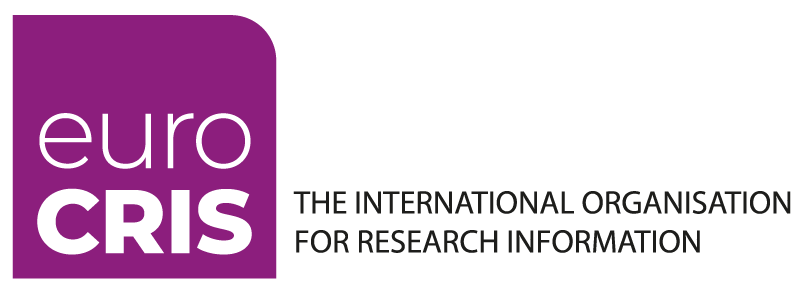This post explores the concomitant concepts of Research Information Management (RIM) and Research Management and Administration (RMA), their limits, overlappings and boundaries. It is a particularly timely examination to accompany the signing of a Memorandum of Understanding between euroCRIS and EARMA, the European Association of Research Managers and Administrators.
The stated mission of euroCRIS as a non-profit organisation is to promote cooperation within and share knowledge among the research information management (RIM) community and to promote interoperability of research information through CERIF, the Common European Research Information Format. Joint work with partner organisations like OCLC to survey the research information management landscape also makes reference to this RIM concept, see for instance this recent joint report by euroCRIS and OCLC "Practices and Patterns in Research Information Management: Findings from a Global Survey".
The definition of what exactly is meant by RIM is however deliberately elusive, since the range of research-related information management areas covered by the RIM term keeps growing as we as a community find new use cases for the exploitation of such research information. For instance, when the Snowball Metrics initiative was launched back in 2010, it became instantly evident that this attempt to put together a set of performance indicators for research-performing organisations was part of the RIM concept.
A simple way to approach a definition of what RIM is might be to state that "RIM is anything and everything a RIM System or CRIS deals with". This way to define RIM allows the concept to expand as the functional areas of CRIS systems also keep growing.
There is an issue with this approach however, namely that CRIS systems are presently expanding into areas that have traditionally not been considered part of the RIM concept. Such is the case for domains like the preparation of project proposals or the 'internal' project management, internal meaning various aspects such as financial and human-resource-related among others. All these areas traditionally fall within the concept of research management and administration (RMA), which is a different realm from RIM – albeit with significant overlapping areas.
Again the temptation to choose a pragmatic definition for these domains could lead us to state that research management and administration (RMA) is all that organisations like EARMA at an EU level or ARMA in the UK deal with, whereas research information management is any area addressed by euroCRIS. This is a rather imprecise way to trace the boundaries between RIM and RMA, especially at a time when euroCRIS and EARMA have just signed a Memorandum of Understanding.
The way the author of these lines sees it, the critical feature that allows us to broadly tell RIM from RMA is whether or not the research information is aimed to be made public by the research-performing organisation that holds it (usually a university, but potentially also a research centre or institute or a research funder). This way, RIM would cover any publicly available research information and its management, whereas RMA would deal with other bits of research information bound to remain internal at the institutions where they are generated. This is however a broad approach, and there will inevitably be plenty of areas that simultaneously belong to the RIM and the RMA domains. Such may for instance be the case of Responsible Research and Innovation (RRI), a rather new research policy-related concept that would seem to fall rather on the side of RMA but will heavily rely on RIM indicators to assess its implementation.
We would seem to be dealing with a rather academic differentiation between two apparently distinct domains that research-performing organisations are in practice systematically merging – a trend driven by the ever-growing functionalities of the research information management systems or CRIS provided by vendors. But then there has not been a systematic attempt yet – or at least this reporter is not aware of any – at exploring the boundaries between RIM and RMA. This exploration will also subsequently lead to the questioning of any present definition for a CRIS system, which provides another example for these elusive definitions that are better dealt with by analysing the institutional practice.
This exciting exploration of the boundaries between RIM and RMA needs to bring together stakeholders from different environments to be productive: research-performing organisations for one, to check what their practice is and what their views are on this "rather academic" differentiation, but also vendors and representatives from euroCRIS and EARMA. Now that euroCRIS started offering their series of webinars on RIM-related topics last Nov with a commitment to continue offering interesting presentations and discussions on a monthly basis, the signing of the MoU between euroCRIS and EARMA provides a particularly timely opportunity to programme a session with all these stakeholders in it to hold a hopefully fruitful discussion on these topics that may perhaps be continued at future euroCRIS and EARMA/ARMA events.
euroCRIS has already held preliminary conversations with a number of potentially interesting candidates for taking part in such a first, broad discussion on RIM, RMA, their limits, overlappings and boundaries. We are hoping to be able to announce a new webinar soon where institutions, vendors and euroCRIS and EARMA reps will all be invited to share their views. Watch this space.


